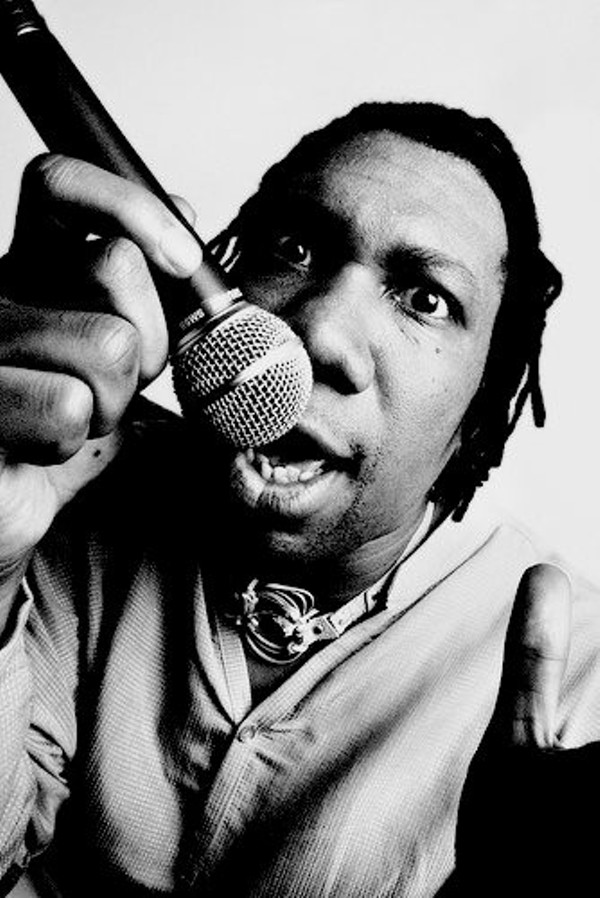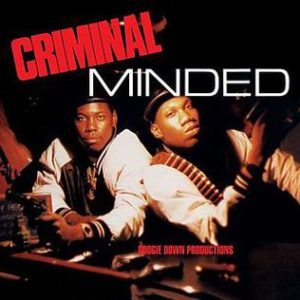Notoriously known for the BDP diss record, “South Bronx,” and self-proclaimed Hip Hop’s Malcolm X, KRS-One turned 57 on August 20th, 2022. Just a few days prior, on August 15, 2022, he celebrated Hip Hop’s 49th birthday at Toca’s Playhouse in Union Square where figures like Mayor Eric Adams were spotted partying at the event hosted by DJ Tony Touch. OGs like Kurtis Blow and Kool DJ Red Alert, alongside KRS-One, performed. As Hip Hop and KRS-One turn another year old, it’s worth reflecting on the legacy that KRS-One has left behind for the culture, diving deeper into why he is considered an embodiment of Hip Hop and also known as The Blastmaster and Teacha.

KRS-One, which stands for Knowledge Reigns Supreme Over Nearly Everyone, began rapping in the Bronx, the birthplace of Hip Hop. He has received multiple awards and critical acclaim, particularly through Boogie Down Productions, the group he formed with DJ Scott La Rock and D-Nice in the mid-80s. And, in 2007, he received the BET Lifetime Achievement Award. After Scott La Rock’s death, KRS-One started releasing projects under his own name and started the Stop the Violence movement.
A teen runaway, high school dropout, and homeless, KRS-One has come a long way from humble beginnings. Despite the hardships, he spent countless hours reading in public libraries, believing that education should be free, accessible, and engaging for all. At some point, he moved into a group home where he earned a high school equivalency diploma. Despite his love for learning, he had distrust with institutions. So, instead of college, he ran with the United Artists graffiti crew, which was headed up by Fab Five Freddy. This is when he came up with KRS-One, using the moniker as his tag. However, back then, it stood for ‘Kris Number One.’ Kris was a nickname from his relationship with the Hare Krishna religious organization. After a stint with being a drug courier, which led to him being sent to a juvenile home, he eventually ended up at a men’s shelter where he developed his skills as an MC through routine verbal sparring with other shelter residents. There is where he met Scott La Rock.
Illiteracy causes violence. If you don’t have enough words in your vocabulary, you can’t even seek your way out of a situation.
– KRS-One
Influence on Hip Hop
Boogie Down Productions released their debut album Criminal Minded in 1987. A gritty NYC street report, it became the template for the budding genres of hardcore and gangsta rap. But. after the death of Scott La Rock, KRS-One shifted towards what he called “edutainment.” He aims to successfully push the blend of Hip Hop and philosophy to the world with emphasis on struggle, freedom, knowledge, and wisdom. When Hip Hop became more commercialized in the 90s, he openly rejected what he considered cultural exploitation and has since been the loudest advocate for the preservation and expansion of Hip Hop.

He was one of the first MCs to incorporate Jamaican style into Hip Hop, considered an influential bridge between Jamaican music and American Hip Hop. KRS-One’s purpose is to get on stage and rip you in a way that that’s the only thing that’s on your mind. In fact, during The Bridge Wars, KRS-One and MC Shan’s MC battle is considered to be the first live performance where rappers attack each other rather than try to see who can get the crowd more hyped. Thus, creating a new metric and demonstrating a shift in how MCs are evaluated.
Go blindfold yourself and throw a dart at any Boogie Down Production/KRS-One record from the golden era and you will not find an ounce of filler, excess, or trickery. Just some real rap shit. Beats for the dome piece.
– John-Paul Shiver
Emphasis on Teaching and Community Building
As early as 1987, KRS-One gained a reputation for strong political undertones in his lyrics; this would continue into later BDP albums. Then, at some point, The New York Times invited him to write editorials in the Op-Ed section and he began lecture tours at colleges across America. He truly believed in the power of Hip Hop as a tool for changing the structure of racist America. Hip Hop consists of nine cultural elements which are intellectual properties and capital.
They are as follows:
- Breakin’
- Emceein
- Graffiti Art
- Deejayin
- Beat Boxin
- Street Fashion
- Street Language
- Street Knowledge
- Street Entrepreneurialism
Denouncing Christianity, he founded the Temple of Hip Hop, a spiritual exploration. The Gospel of Hip Hop is set in the format of the Christian Bible, a “800-plus-page opus is a life-guide manual for members of Hip Hop Kulture that combines classic philosophy with faith and practical knowledge for a fascinating, in-depth exploration of Hip Hop as a life path.”
A big proponent of self-creation, self-reliance, education, peace, unity, and truth, KRS-One believes anyone can go from nothing to something by just using your head. And that’s his legacy.

It’s no surprise KRS-One, alongside Slick Rick and Big Daddy Kane, is a voice and face for the Hip Hop Alliance, a union meant to “represent the needs and matters of importance related to the Hip Hop and R&B workforce.” Founded by Chuck D, Kurtis Blow, and Doug E. Fresh, it’s a non-profit that promotes fair wages, fair royalties, and health and retirement benefits for artists.

